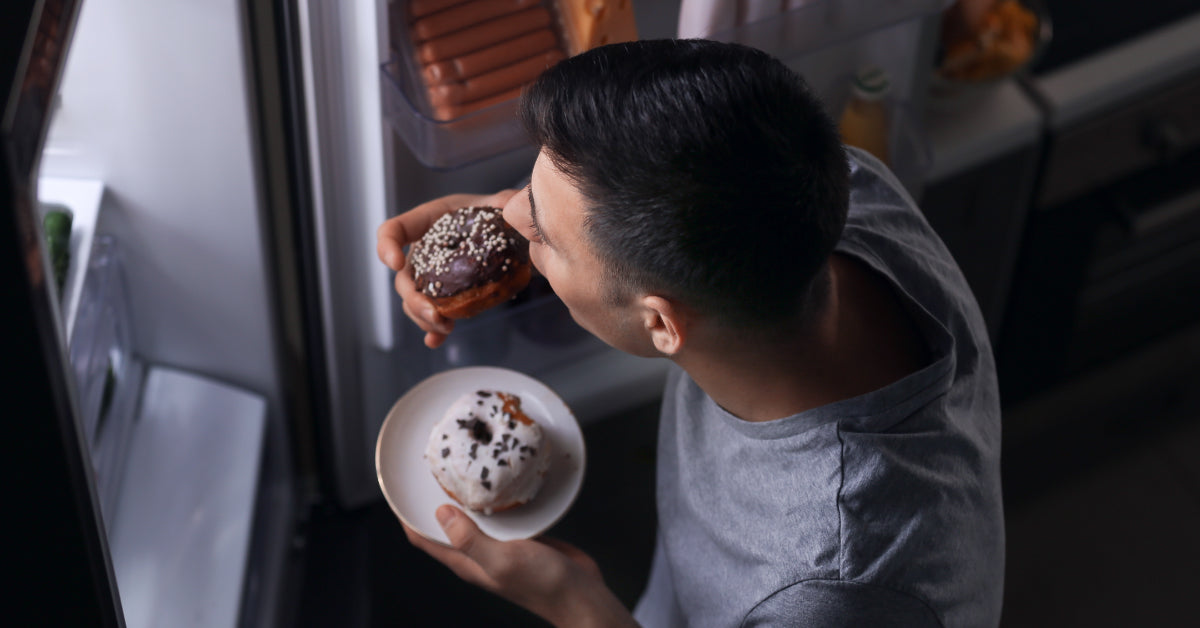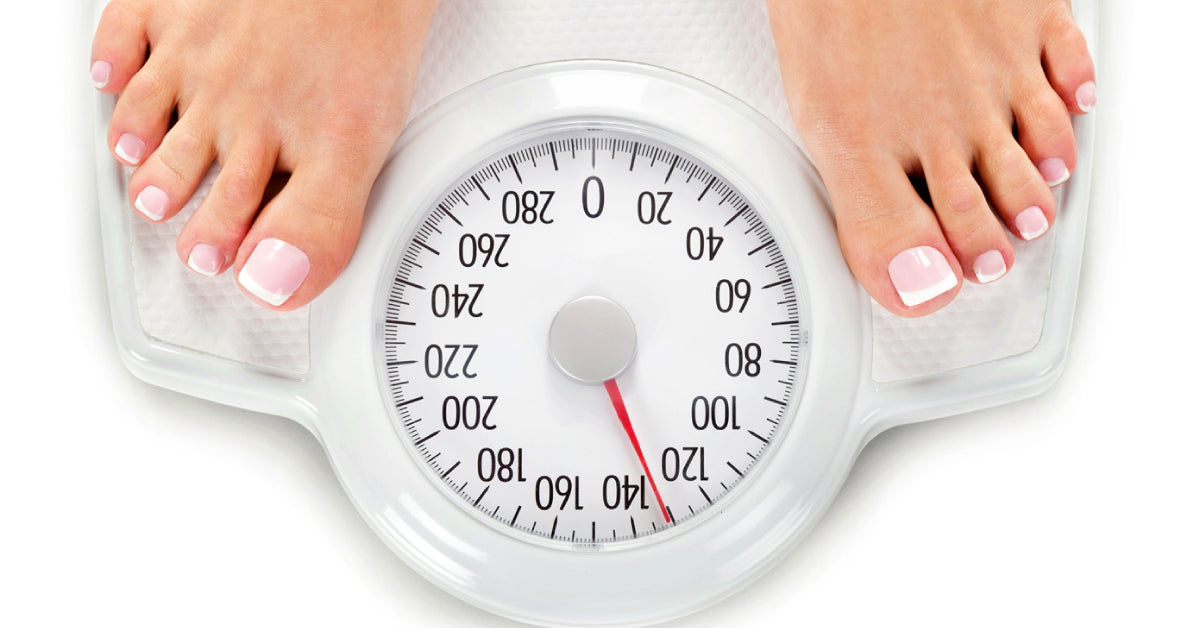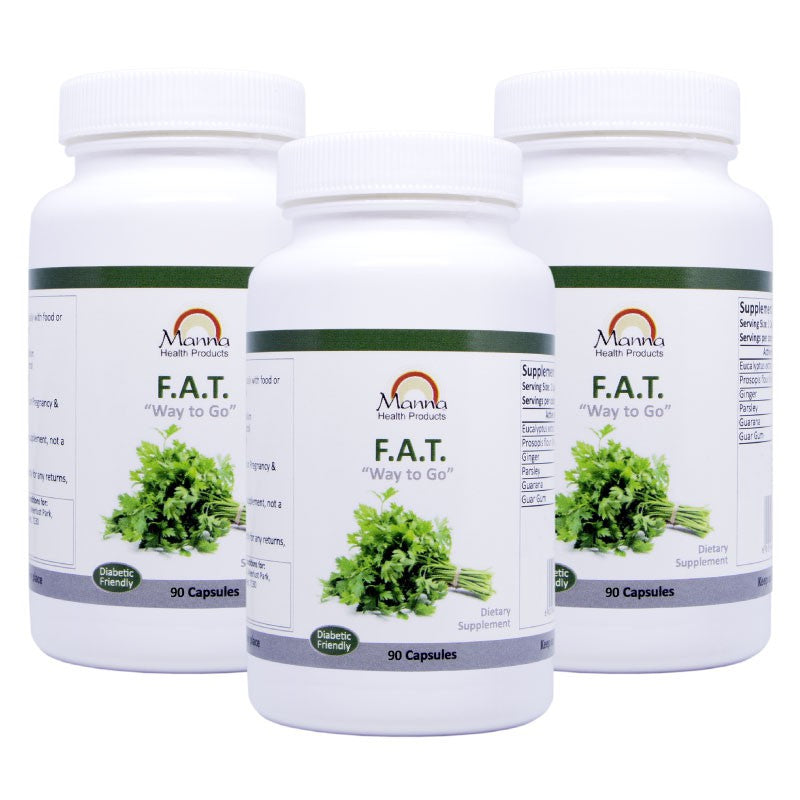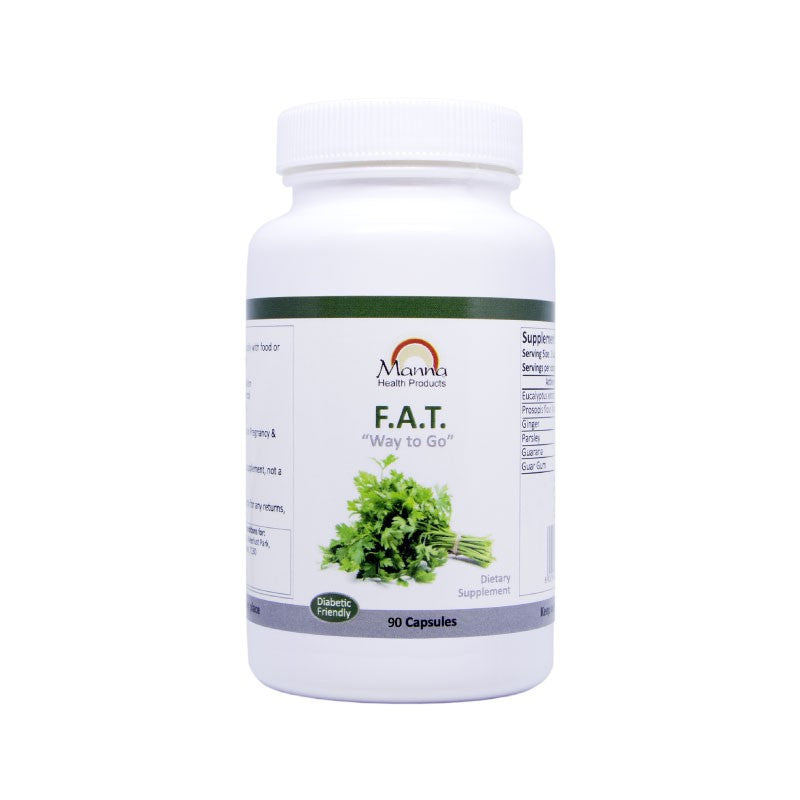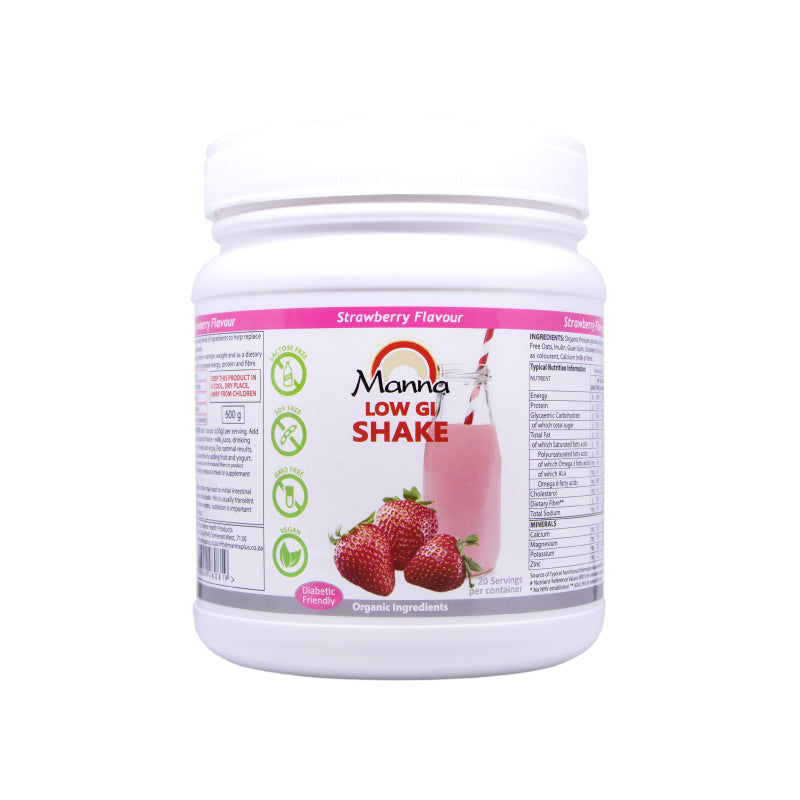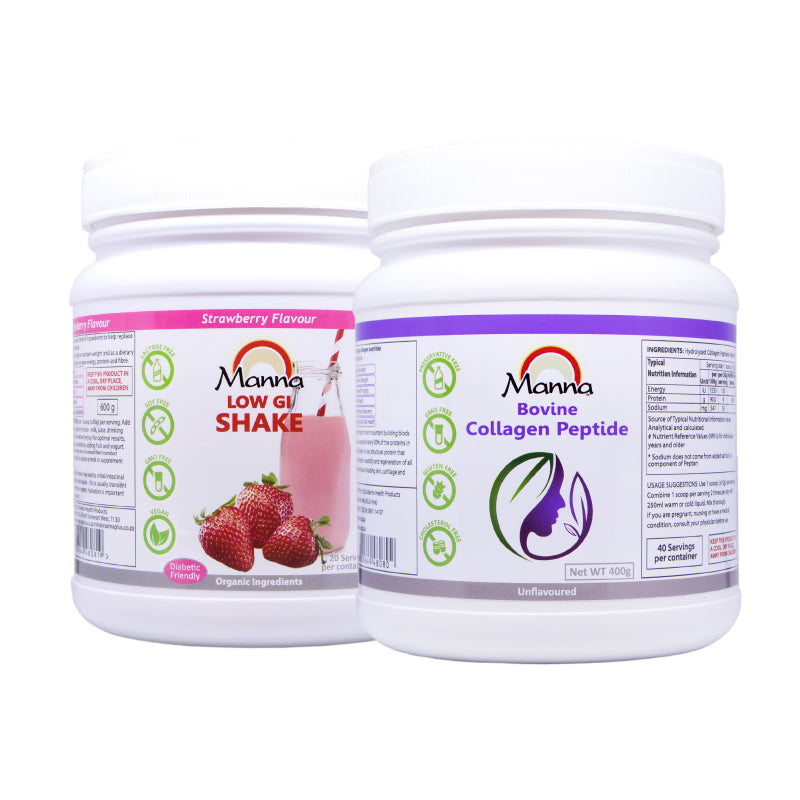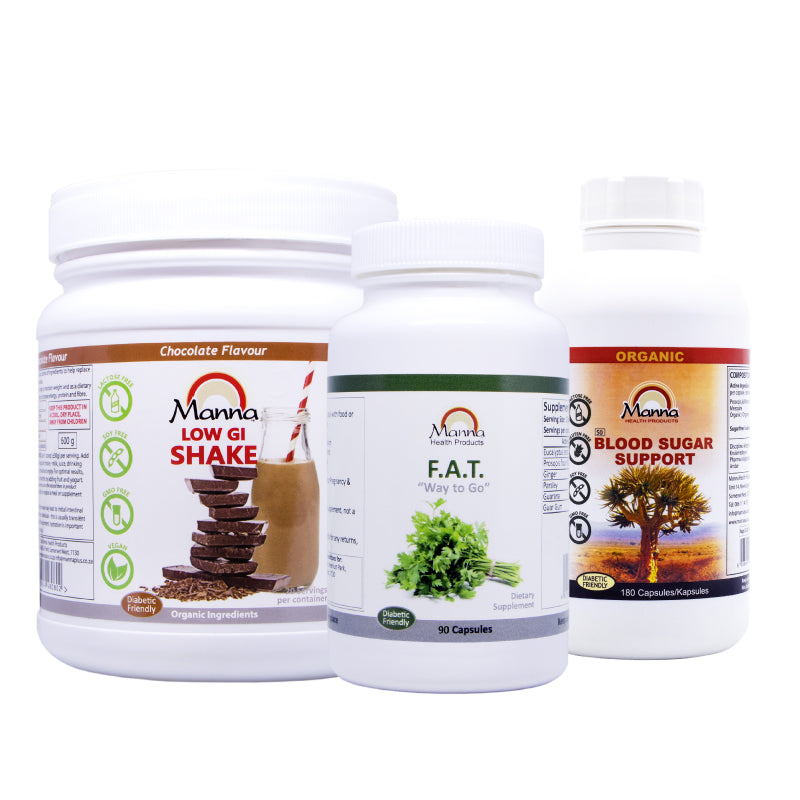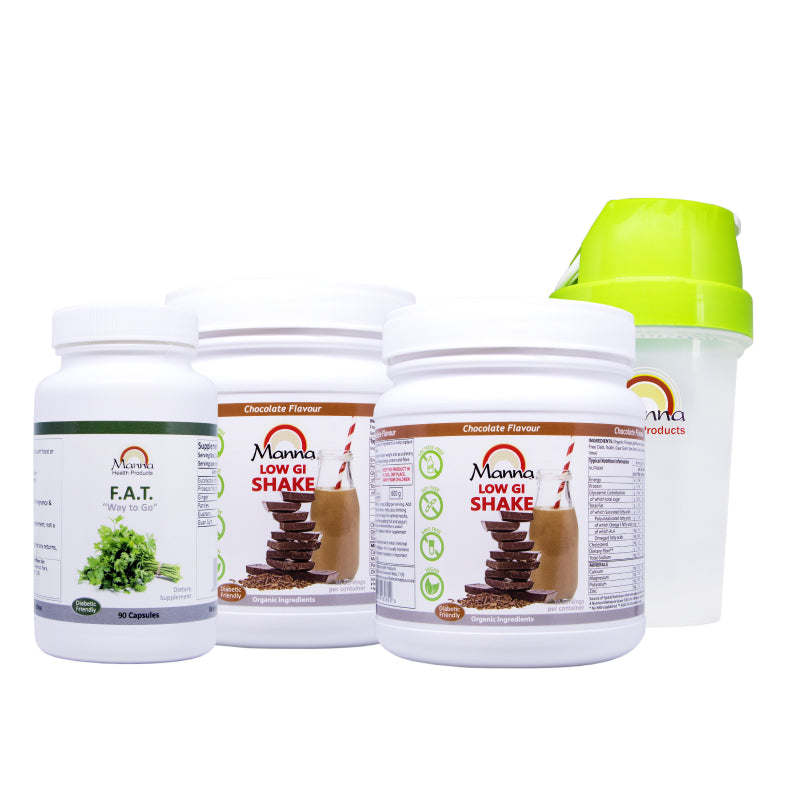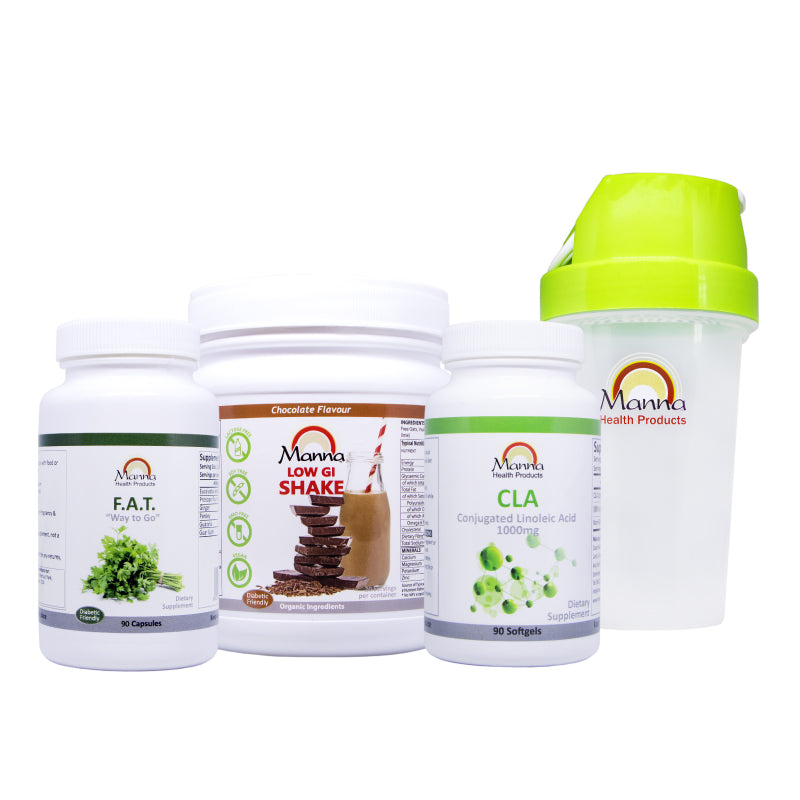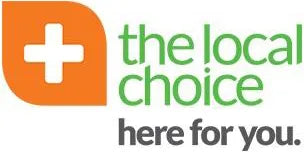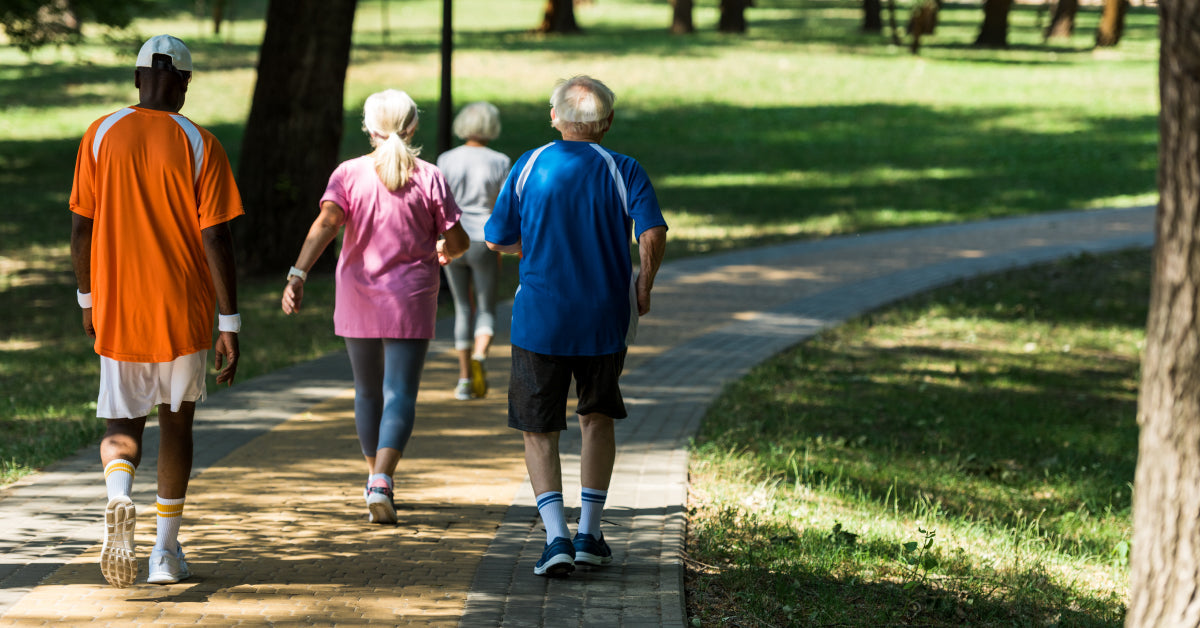
by Freda Coetzee
Discover the Surprising Power of a Simple Walk
A Simple and Effective Way to Lose Weight In the pursuit of weight loss, we are drawn to intense workouts, restrictive diets, and complex fitness programmes. However, amidst the noise of these approaches, one simple and accessible activity often gets overlooked: walking. While it may seem too basic to be effective, walking has emerged as a powerful tool for shedding those extra kilos and improving overall health. Let’s look at walking as a weight loss strategy and explore how you can use its benefits to achieve your fitness goals. Why Walking Works Walking is a low-impact aerobic exercise that engages multiple muscle groups and elevates the heart rate without putting undue stress on the joints. Unlike high-intensity workouts, which can be daunting for beginners or those with physical limitations, walking is suitable for almost everyone, regardless of age or fitness level. It’s Free – No need to join an expensive gym. It’s Sociable – Walking with a friend – even while brisk walking a conversation is possible. It’s Scenic – The view in a charming neighbourhood can be delightful. It’s Fun – Walking in the veld or along the sea, viewing the clouds of a sunrise or sunset can be a wonderful nourishment to our inner person. Shaking off kilos in this way can actually be fun! Here’s how walking contributes to weight loss: Stress Reduction: Walking outdoors, especially in natural settings, has been linked to reduced stress levels and improved mood. Lower stress levels can help prevent emotional eating and promote adherence to healthy lifestyle habits. Calorie Burn: Walking burns calories, helping create a calorie deficit necessary for weight loss. Brisk walking can burn 100 to 300 calories per half-hour. Fat Oxidation: Regular walking can help reduce body fat percentage, especially belly fat. Metabolic Boost: Brisk walking can increase metabolism, especially if combined with resistance like hand weights or uphill walking. Appetite Regulation: Walking helps regulate appetite hormones, aiding better control of food cravings. Tips for Effective Weight Loss Walking Set Realistic Goals: Start with 15 minutes of brisk walking five days a week and build up gradually. Focus on your posture: Keep your head up, core tight, shoulders back, and arms swinging naturally. Increase Intensity: Add intervals, walk uphill, use Nordic walking sticks, or carry light hand weights. Track your Progress: Use a walking app like Map-my-walk to log distance, time, and pace. Stay Consistent: Make walking a routine, just like a scheduled appointment. Pair with Healthy Eating: Combine walking with a diet of whole foods like vegetables, fruits, lean meats, and whole grains. Stay Hydrated: Drink water before, during, and after your walk. Beware of Sugary Drinks: The calories burned walking can be easily negated by one sugary drink. In a nutshell In a world with complex fitness fads and extreme dieting trends, walking stands out as a refreshingly simple yet potent strategy for weight loss. Whether you’re a fitness enthusiast or a beginner taking the first steps on your wellness journey, walking offers a sustainable path to improved health and vitality. By lacing up your shoes and hitting the pavement, you can embark on a transformative journey toward a healthier, happier you. So, why wait? Take the first step today!










